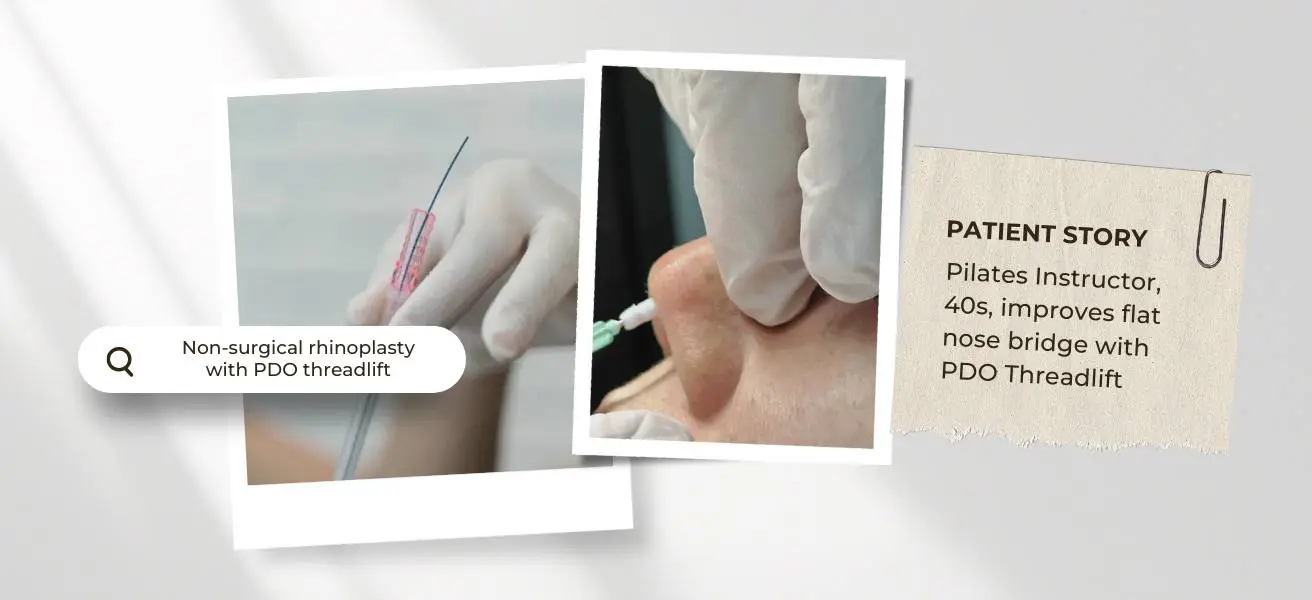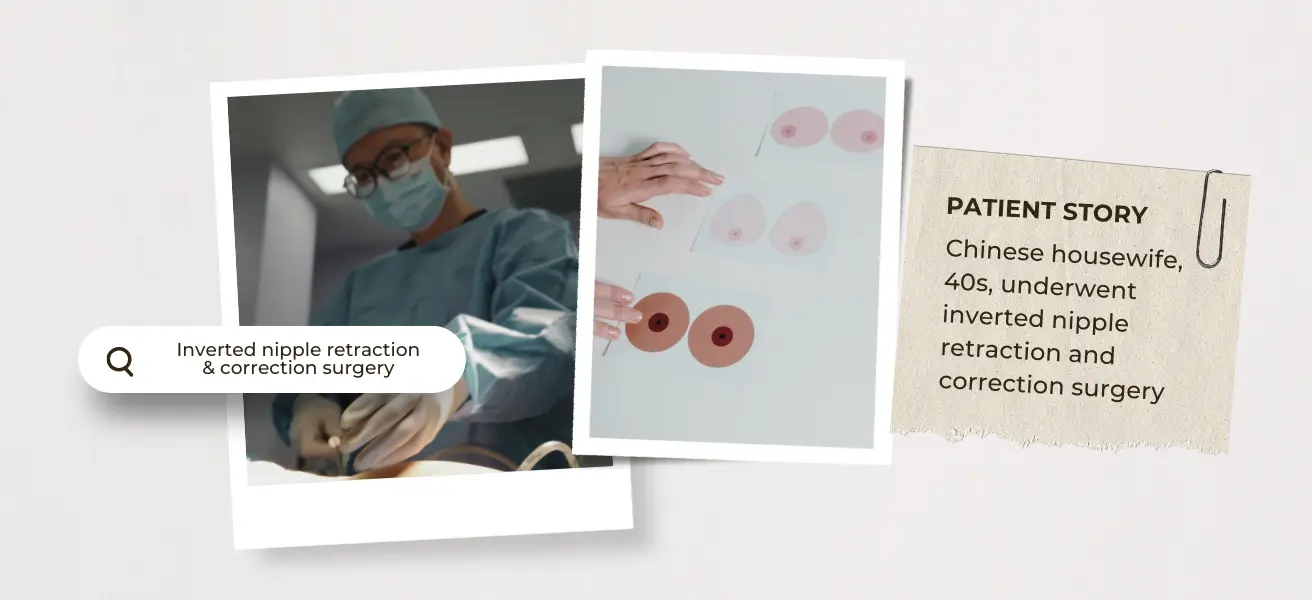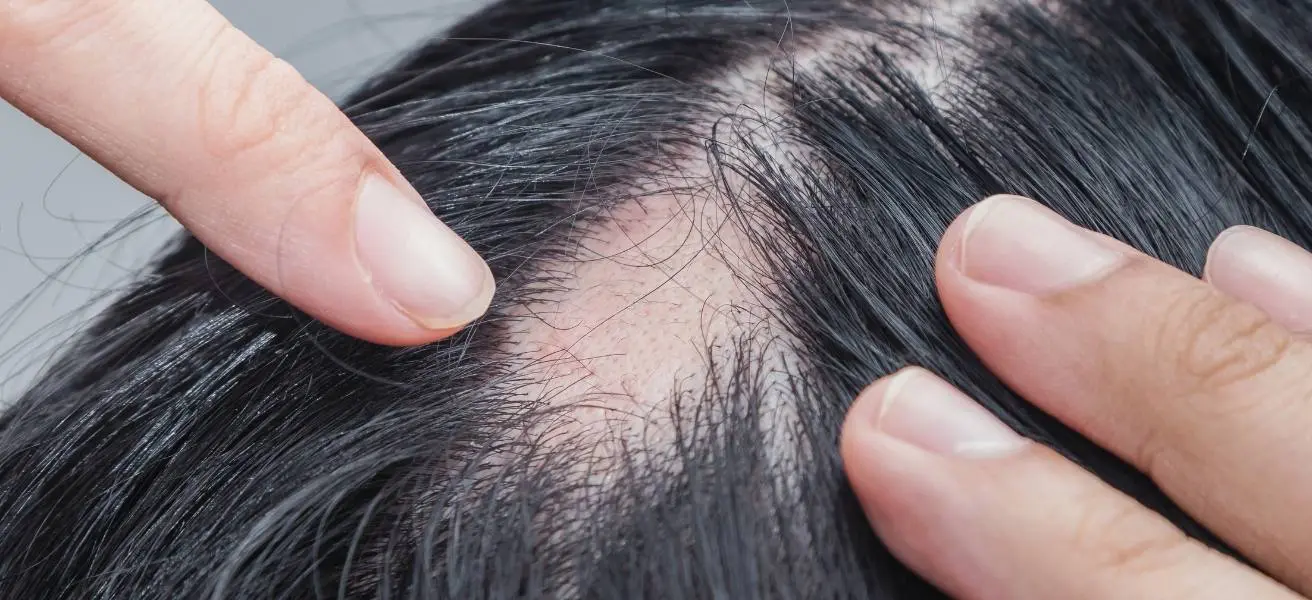"Abs are made in the kitchen." Weight loss, just like abs, also starts in the kitchen. Here are some healthy dietary habits to consider.
Table of Contents
Hyperpigmentation is a common skin condition that affects many women of all ages in Singapore. While generally harmless, it can impact an individual's confidence and self-esteem.
How Does Hyperpigmentation Develop?
Pigmentation refers to the natural colour of the skin. When pigmentation is more pronounced, uneven or localised, the condition is known as hyperpigmentation.
In Singapore, the main causes of hyperpigmentation are genetics, long-term sun exposure, ageing, and certain medications. Other factors that cause hyperpigmentation include:
- Excessive UV-light exposure
- Hormonal changes
- Skin trauma, such as cuts, burns, or acne
- Birthmarks, which can appear in both childhood and adulthood
- Medical conditions, such as liver disease
Different types of hyperpigmentation
Age spots
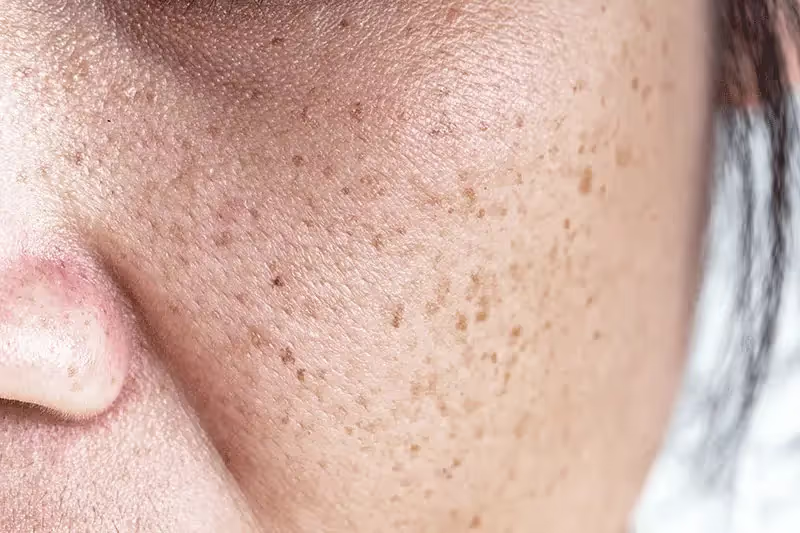
Other names: Liver spots
Cause: Developing gradually over time, age spots usually occur in areas frequently exposed to the sun or ultraviolet (UV) light, such as the face.
Appearance: Flat brown, grey or black spots and vary in size.
Occurrence: Common in older adults. Age spots will likely appear on the face, back of hands, forearms, and shoulders.
Health concerns: Overexposure to the sun can cause many skin complications, including cancer. Age spots are generally harmless, but if you feel something is wrong, schedule an appointment with your doctor for a diagnosis.
Freckles
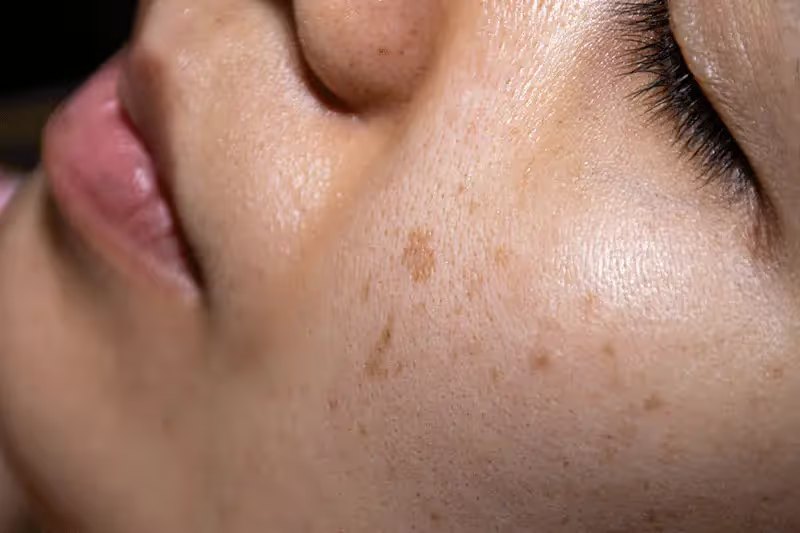
Other names: Ephelides, solar lentigines
Cause: Genetics and the result of long-term exposure to UV light from the sun or tanning beds
Appearance: A cluster of small brown spots
Occurrence: Freckles do not appear overnight. Fair-skinned people are generally more susceptible to UV rays and more likely to develop freckles.
Health concerns: Generally harmless
Melasma

Other names: Chloasma
Cause: Sun exposure can cause melasma, especially among those with a genetic predisposition to the condition. Birth control pills, pregnancy, hormone therapy and even anti-seizure medications can also trigger the condition. Those with thyroid disease also have an increased chance of developing melasma.
Appearance: Grey/brown patches
Occurrence: Usually found on parts of the face, such as the cheeks, forehead, and chin. It can also appear in areas where sun exposure is high and frequent. More commonly seen in adult women and dark-skinned individuals.
Health concerns: Generally harmless
Blue Man Syndrome
Other names: Amiodarone-induced blue-grey skin syndrome or argyria
Cause: Arise as a result of long-term amiodarone, an antiarrhythmic medication used to treat and prevent some types of irregular heartbeats
Appearance: Blue, grey, purple-grey facial patch
Occurrence: A rare skin condition brought on by exposure to chemical compounds of silver or silver dust
Health concerns: Not known to be harmful, and although the discolouration effect is permanent, it seems to be more of a cosmetic issue
Mongolian spot
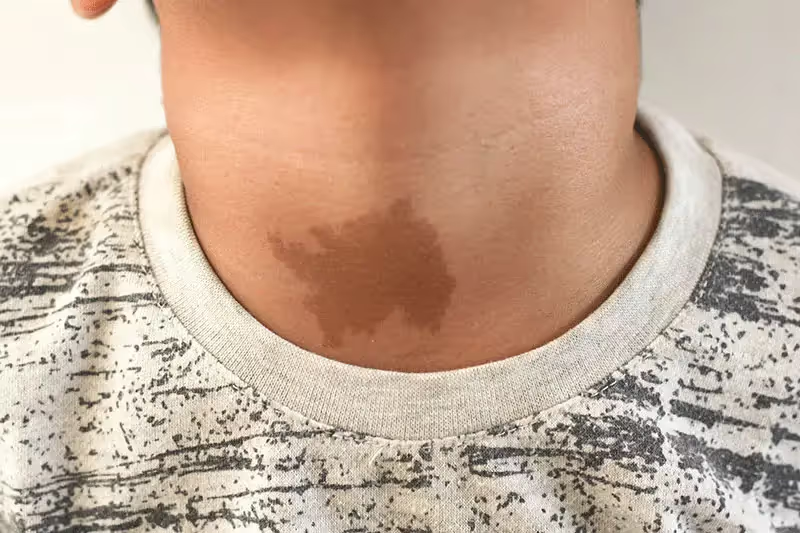
Other names: Congenital dermal melanocytosis
Cause: Melanocytes, the cells that produce pigment, were trapped in the deeper layers of the skin during embryonic development instead of moving to the epidermis.
Appearance: Usually bluish, resembling bruises
Occurrence: Often spotted on individuals with darker skin, they appear on the buttocks, lower back, arms and/or trunks
Health concerns: Typically harmless and may fade with time
Cafe-au-lait pigmentation
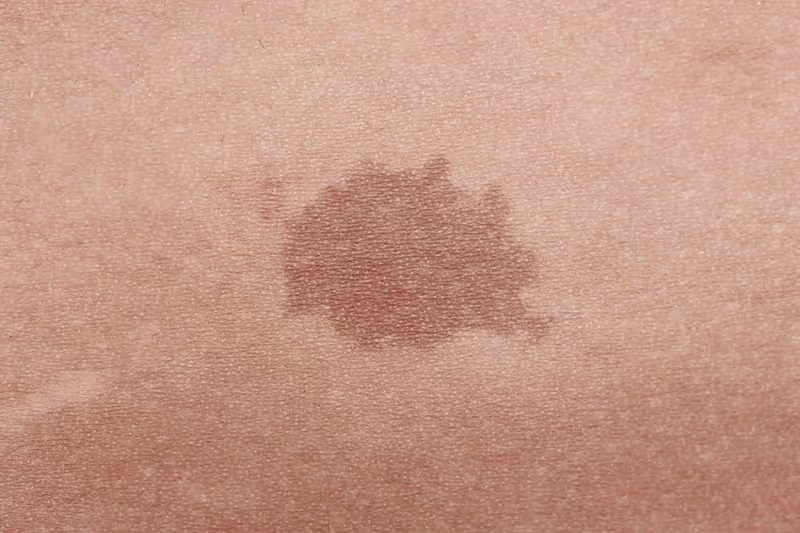
Other names: Café au lait macules (CALM) or café au lait spots
Cause: They commonly appear at birth, but sometimes, they may develop during the first few years of a child's life.
Appearance: They are oval in shape, and their sizes vary. Most people have between one and three café-au-lait spots. These get their name from their colour, which is the hue of coffee with milk. On darker skin, their tone is more of dark coffee.
Occurrence: They are often found on the torso, buttocks, and legs.
Health concerns: Generally harmless and benign. It may fade as you age, though not entirely. While they are considered "normal", if several larger ones are present, it is advised that they get checked.
Post-inflammatory Hyperpigmentation (PIH)
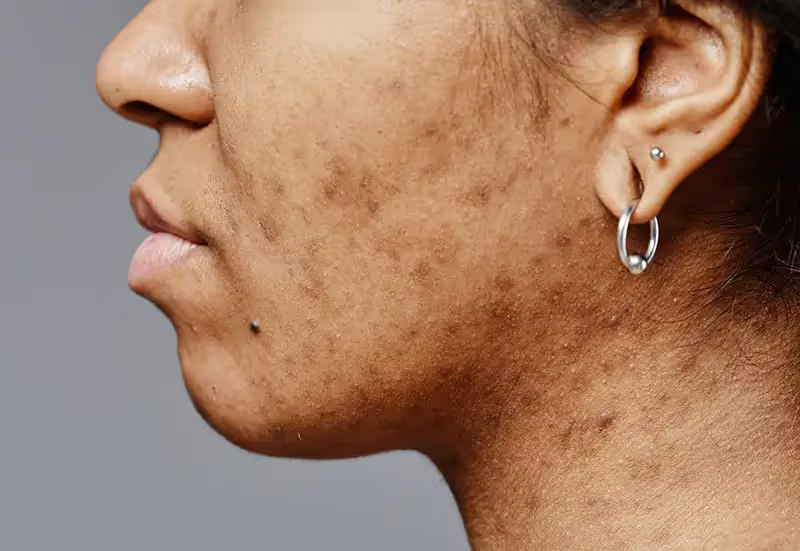
Other names: Post-inflammatory melanosis and acquired melanosis
Cause: Its most common cause is acne, but psoriasis is a burn or an injury or inflammation of the skin that causes an increase in pigment production. If you have acne, chances are there is some degree of post-inflammatory hyperpigmentation. Hyperpigmentation can also occur with minor pimples and papules. The more inflamed the breakout, the larger and darker the post-inflammatory hyperpigmentation will be.
Appearance: Flat, discoloured patches or spots, often appearing brown or sometimes blue-grey
Occurrence: Dark spots or patches can appear after skin inflammation or injury, often resulting from acne, eczema, trauma, or certain medical procedures.
Health concerns: Completely harmless
How Pico Fractional Laser removes pigmentation for good
Pico Fractional Laser has been proven to be medically safe and clinically effective in removing hyperpigmentation in Asian skin [1, 2, 3, 4].
How it works
Pico Fractional Laser removes hyperpigmentation by delivering ultra-short pulses of laser energy to the targeted areas. It breaks down hyperpigmentation by shattering pigment particles in the dermal and epidermal layers, allowing the body to naturally dispose of them, leading to a more even and clear skin tone.
This laser treats a variety of skin concerns, including dull skin, acne and acne scars, rosacea, pigmentation, sun-damaged skin and melasma. It has also been used for general skin rejuvenation and anti-ageing purposes.
Pico Fractional Laser technology
It is an FDA-approved PICOsecond laser with a fractional handpiece, the HEXA MLA, which uses the principle of Laser-Induced Optical Breakdown (LIOB). It is the only handpiece with a wide range of spot sizes for better precision.
Its 450-PICOsecond pulse makes for improved power and shortening of pulses, resulting in higher efficacy, reduced risk of scarring, lesser downtime and increased safety without causing damage to the skin surface, especially in the treatment of hyperpigmentation.
Skin Tone Suitability
Pico Fractional Laser is competent in the treatment of Asian and/or darker skin, which carries a high probability of post-inflammatory hyperpigmentation. This effective skin laser can do this by minimising heat transfer while delivering stronger energy to targeted areas.
Type of Hyperpigmentation Pico Fractional Laser can address
Pico Fractional Laser is able to remove:
- Freckles
- Post-inflammatory hyperpigmentation
- Solar lentigines
- Melasma/chloasma
- Post-acne pigmentation
- Age Spots
- Computer Radiation Spots
- Uneven skin tone
- Cafe-au-lait
- Birthmark
- Skin dyspigmentation
- Blue Hyperpigmentation
- Blue or grey facial patch
Other treatments that Dr Ivan Puah may combine for optimal results
Our doctor may propose to combine Pico Fractional Laser with other hyperpigmentation treatments, depending on the condition of your skin health and beauty goals, such as:
- Tranexamic Acid
- Dr’s prescribed skincare range
- Medical Grade Chemical Peels
- RF Microneedling & Erbium Glass Laser
Traditional lasers vs Pico Fractional Laser for effectively removing hyperpigmentation
Compared to traditional laser treatments, the side effects from Pico Fractional Laser are minimal. You can expect pinkish spots or slight redness for up to four to five days after your treatment, so staying out of the sun and moisturising your skin is essential for recovery.
Q-Switched Lasers
Effective for treating certain types of hyperpigmentation, but may require multiple sessions and can cause more heat damage and longer recovery times.
CO2 Lasers
Not recommended for darker skin tones due to a higher risk of hyperpigmentation changes.
FAQ on pigmentation and Pico Fractional Laser

How long does it take for Pico Fractional Laser to remove hyperpigmentation?
You can expect significant improvement after treatment. The skin might appear pink during the healing process, but it is nothing to be concerned about. Once the healing is completed, the skin will appear clearer and rejuvenated. This will continue to improve over the next six months. This varies with the individual, but generally, it can take three to 24 months for the hyperpigmentation to fade. There are some instances where it took even a shorter time.
Are there any side effects of Pico Fractional Laser?
Compared to traditional laser treatments, Pico Fractional Laser side effects are much less. You can expect pink or redness on the skin for up to four to five days after treatment, so keeping it moisturised is important during recovery, and try to shield your face from the sun.
How many sessions will I need for Pico Fractional Laser to completely remove my hyperpigmentation?
For best results, a series of two to six sessions once every one to four weeks is recommended. However, the number of sessions will depend on the extent of the condition of your hyperpigmentation. During the consultation, our doctor will advise you on what is recommended.





















